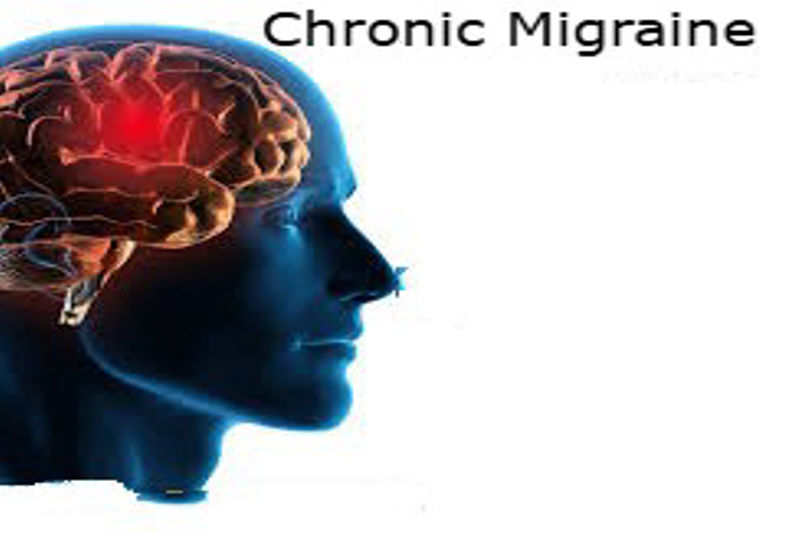Treatments for chronic migraine aim to alleviate symptoms during an episode and reduce the frequency of occurrences. These approaches include various medications and complementary strategies.
Understanding Chronic Migraine
Chronic migraine is characterized by headaches occurring at least 15 days per month, with at least 8 of those meeting the criteria for migraines. Moderate to severe discomfort can accompany these episodes, which can last anywhere from four to seventy-two hours. Nausea and light or sound sensitivity are possible additional symptoms.
Treatment Options for Chronic Migraine
Medications for chronic migraine fall into two categories:
Acute treatments provide immediate relief during a migraine episode.
Preventive treatments help reduce the likelihood of future migraines.
Additionally, complementary therapies can aid in managing symptoms effectively.
Acute Treatments
These medications are administered at the onset of migraine symptoms and work best when taken early in the episode. Common options include:
Triptans: Reduce pain by constricting blood vessels, mimicking the effects of serotonin. Not suitable for individuals with certain cardiovascular risks.
Ditans – Similar to trip tans but do not constrict blood vessels, making them a safer option for those with cardiovascular concerns. They may cause sedation.
Ergot amines – Bind to serotonin receptors to inhibit pain signals, most effective when taken early in an episode.
Analgesics – Includes over the counter pain relievers like acetaminophen, aspirin, and ibuprofen.
Gepants – Block a protein that transmits migraine pain signals; examples include ubroge pant and rimege pant.
Preventive Treatments
Preventive drugs could be suggested if migraines happen more than four days a month. These include:
Betablockers – Typically used for high blood pressure but also effective in migraine prevention.
Anticonvulsants – Originally developed for epilepsy, but useful in preventing migraines.
AntiCGRP monoclonal antibodies – Target receptors linked to migraine pain.
OnabotulinumtoxinA (BoNTA, Botox) – Helps prevent migraines by inhibiting neurotransmitter release.
Antidepressants – Regulate brain chemicals like serotonin, norepinephrine, and dopamine to prevent migraines.
Preventive treatments may take two to three months to show effectiveness, and longterm use (up to a year) may be advised depending on individual response and migraine history.
Complementary Approaches
Beyond medication, lifestyle changes and therapies may offer additional relief, including:
Aerobic exercise
Biofeedback
Relaxation training
Acupuncture
dietary supplements (such as butterbur, coenzyme Q10, magnesium, and vitamin B2)
Simple lifestyle habits—such as maintaining hydration, getting adequate sleep, and moderating caffeine intake—can also support migraine management.
Would you like any modifications to this version?


